
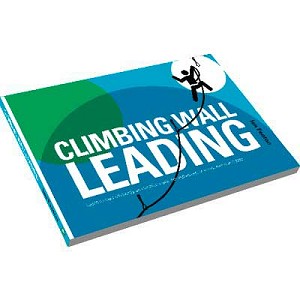
Sometimes when we are coaching young people we can forget the importance of leading and focus more on movement, technique and physical training. Young people suddenly find their physical skills way beyond their mental skills and frustration and fear of falling can set in. All this makes Ian's book about learning to lead indoors, all the more important. Learning to lead gives climbers control of their own climbing and also opens up a large section of the climbing wall. Often these are the steeper parts, where a climber can make big advances.
Climbing Wall Leading takes climbers through a range of fun games naturally to the point of leading. Climbers start first by finding balanced positions in order to be able to clip, then handling quickdraws and caribiners. Clipping quickdraws has never been such fun! Such small details can make or break a climber's success. Over half of the book is dedicated to games, which can be done at ground level or in a bouldering environment. Not only is this a non-intimidating environment but easy for coaches to manage lots of people. Suddenly a seemingly time-consuming activity for a coach is achievable in a busy wall with a large group.
Crucially the book doesn't just focus on the lead climber, it also looks at belaying. It took me years to understand there was any such thing as a bad belay. As instructors we are keen to explain in detail about belaying toprope climbers – but now here is are a range of engaging activities and games, which develop lead belaying skills. We will all have experienced that horrible slamming fall – that's enough to put anyone off leading for life. The skill of dynamic belaying is covered too.
In fact this book doesn't miss anything out. By the end of all those sessions an aspirant leader will be raring to go and fully prepared. This book gives coaches and instructors ideas for whole climbing sessions and also ideas to fill spare 10 minutes at the end once everyone's arms are dead!
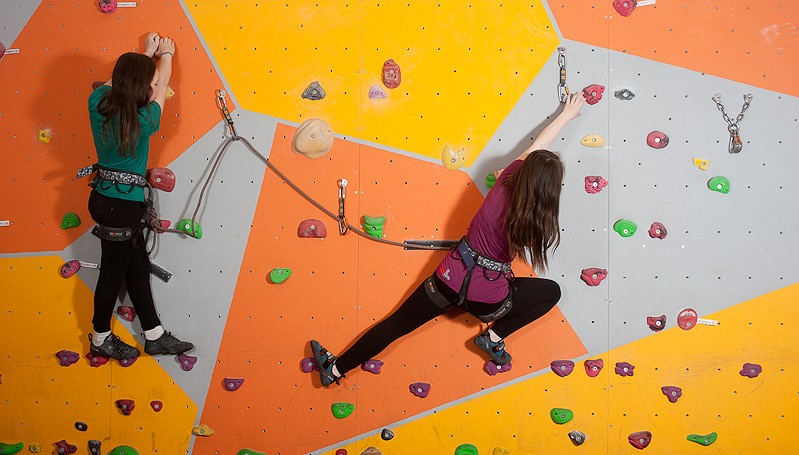
This review wouldn't be complete without mentioning the layout and pictures. It follows the format of the excellent "Climbing Games" by Paul Smith. Each exercise takes up one page with a clear and concise description and great photo. It's great to see how much effort has gone into pictures, which communicate each game really well, but are also eyecatching and high quality. Easy to understand icons such as 'problem solving', 'route memory', and 'communication', are attached to each exercise, which just make this book even more straightforward to use.
This book will be invaluable to all coaches and instructors out there working in climbing walls. It will give you the confidence to prepare climbers of all ages and abilities for this big step forward to getting even more out of the sport.
What Pesda Press Say:
With the increase in the use of climbing walls more people are learning to lead indoors. This tends to be a more rapid progression than it may be outdoors, and also allows access to much steeper leading at a lower level of climbing experience.
There is also an expectation that falling off is the norm, a complete reversal of early stages of leading outdoors on traditional climbs.
Teaching leading indoors should be done progressively, the aim being to develop the climbing skills needed very thoroughly. Developing the skills for safe and efficient lead belaying is equally important.
Ian Fenton has been involved in teaching leading outdoors and on indoor walls for a number of years. This has also involved evaluating and signing off other instructors to teach leading, at a number of climbing walls; both prior to the advent of the Climbing Wall Leading Award (CWLA), and now as a provider of the CWLA.
In the past the teaching of leading has often been done haphazardly, with limited progression, poor route choice and inappropriate belaying. With the help of the exercises in this book it should be possible to design an appropriate progression to suit any individual, of any age or ability, who is learning to lead indoors and lead belay.
- More information: Pesda Pres Website
About the reviewer:
Katherine Schirrmacher has been a climbing coach for the last 8 years working with people of all ages and abilities, indoors and out. She holds the Mountain Instructor Award qualification.
- You can find more out about her here www.lovetoclimb.co.uk and here Facebook page

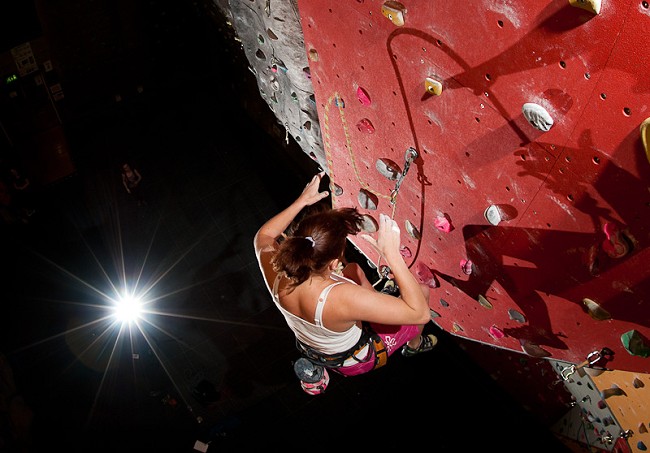
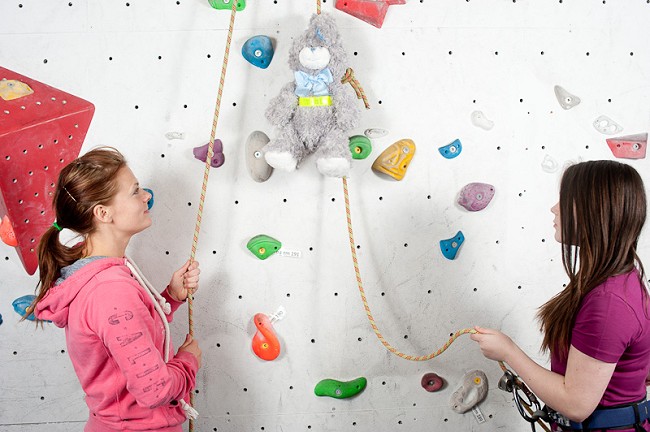


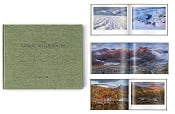
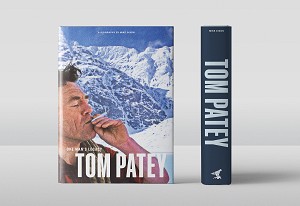



Comments